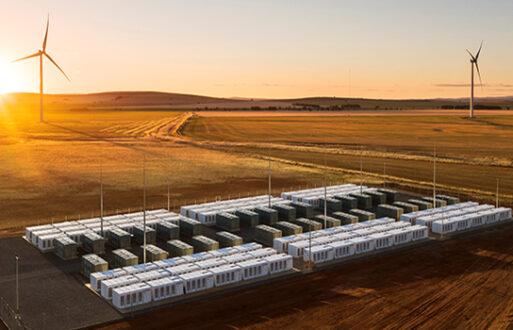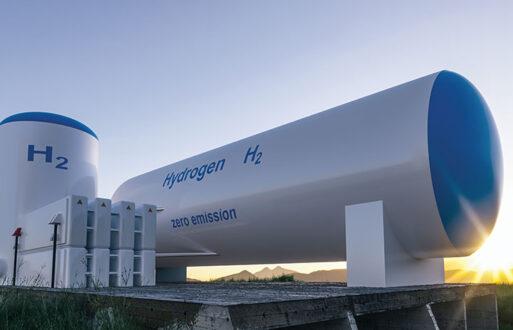As the energy landscape evolves, long-duration energy storage (LDES) is emerging as a critical technology for balancing supply and demand, integrating renewables, and ensuring grid reliability. But what exactly is long-duration energy storage, how does it work, and how big is the LDES market expected to become? This post explores the LDES energy storage market, the technologies behind it, and the key trends shaping its future.
What is long-duration energy storage?
Long-duration energy storage, as defined by the U.S. Department of Energy, refers to storage technologies capable of delivering electricity for 10 or more hours at a time. Unlike short-duration solutions like lithium-ion batteries, which typically store energy for a few hours, LDES systems are designed to provide sustained energy output over extended periods, making them ideal for bridging gaps in renewable generation and enhancing grid resilience.
The long-duration energy storage market
The LDES market is expanding as utilities, policymakers, and technology providers seek solutions to support the clean energy transition. Governments and organizations worldwide are investing in research and pilot projects to commercialize LDES technologies. According to industry reports, demand for LDES solutions is expected to grow significantly in the coming decade as energy grids shift toward increased reliance on renewables.
Long-duration energy storage market size
Market analysts project that the LDES market will see substantial growth, driven by the increasing need for energy storage solutions that can mitigate the variability of wind and solar power. As regulatory frameworks and financial incentives evolve, the deployment of LDES technologies is expected to scale rapidly, positioning it as a cornerstone of the future energy grid.
LDES energy storage technologies
Several technologies, such as the following, fall under the LDES umbrella, each offering unique advantages:
- Pumped hydro storage: The most established form of LDES, using gravity to store and release energy
- Compressed air energy storage (CAES): Stores energy by compressing air in underground caverns and releasing it to generate power
- Flow batteries: Uses liquid electrolytes to store and discharge energy over long durations
- Thermal energy storage: Captures and stores heat, which can later be converted into electricity
- Green hydrogen storage: Converts excess electricity into hydrogen, which can be stored and used later as fuel
The LDES market: challenges and opportunities
While LDES offers promising benefits, several challenges remain:
- Cost and scalability: Many LDES technologies are still in early development and require investment to achieve commercial viability
- Regulatory barriers: Market rules must evolve to integrate LDES effectively into energy markets
- Technology development: Continued research and innovation are needed to improve efficiency and reduce costs
However, as energy markets recognize the value of LDES for ensuring grid stability and supporting decarbonization, stakeholders are actively working on policies and incentives to accelerate deployment.
Want to learn more?
Long-duration energy storage is poised to play a major role in the transition to a more sustainable, reliable energy grid. To dive deeper into how LDES is shaping the future of electricity markets, watch our recent webinar, “Long-Duration Energy Storage in RTO Markets,” with the LDES National Consortium.







